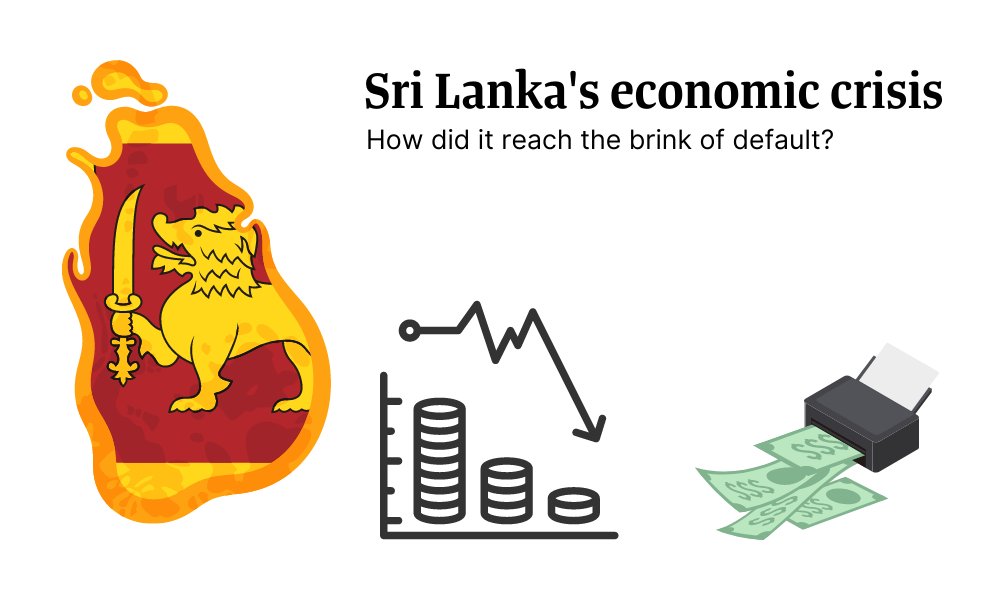Introduction
Often considered to be the “Bible of value investing”, Security Analysis is extremely thorough and detailed, teeming with wisdom for the ages.

The market has evolved from eras but their teachings and ideas are still strong. The book is in the following parts:
Part I : Survey and Approach
Part II : Fixed Value Investments
Part III : Senior securities with speculative Features
Part IV : Theory of Common stock Investments. The dividend Factor
Part V : Analysis of Income Account. The earnings factor in common stock valuation
Part VI : Balance sheet analysis. Implication of Asset values.
Part VII : Additional aspects of Security analysis. Discrepancies between asset and value.
Part VIII : Global value Investing
Summary
Value investing, a century ago, was the practice of purchasing securities or assets for less than they are worth – the proverbial dollar for 50 cents. Investing in bargain-priced securities provides a “margin of safety”- room for error, impression, bad luck, or the vicissitudes of the economy and stock market.
In contrast to the speculator’s preoccupation with rapid gain,value investors demonstrate their risk aversion by striving to avoid loss. A risk-averse investor is one for whom the perceived benefit of any gain is out weighted by perceived cost of a equivalent loss.
While formulas such as the classic “net working capital” test are necessary to support an investment analysis, value investment analysis, value investing is not a paint-by-numbers exercise.
Firstly, Skepticism and judgement are always required. Secondly, valuation is an art, not a science. Third, better to accept the uncertainty clause associated with investments.
The study found that what has worked is fairly simple: cheap stocks (measured by price-to-book values, price-to-earnings ratios, or dividend yields) reliably outperform expensive ones, and stocks that have underperformed (over three- and five-year periods) subsequently beat those that have lately performed well.
Investors must always act with caution and humility, relentlessly searching for additional information while realizing that they will never know everything about a company. Interestingly, Graham and Dodd’s value-investing principles apply beyond the financial markets—including, for example, to the market for baseball talent, as eloquently captured in Moneyball, Michael Lewis’s 2003 bestseller. The market for baseball players, like the market for stocks and bonds, is inefficient—and for many of the same reasons. In both investing and baseball, there is no single way to ascertain value, no one metric that tells the whole story.
In recent years, the financial markets have performed exceedingly well by historic standards, attracting substantial fresh capital in need of managers. It is important to note that not all value investors are alike.
Even in the worst of markets, Graham and Dodd remained faithful to their principles, including their view that the economy and markets sometimes go through painful cycles, which must simply be endured.
Competition can have a powerful corrective effect on market inefficiencies and mis-pricings. Today’s value investors are unlikely to find opportunity armed only with a Value Line
guide or by thumbing through stock tables. While bargains still occasionally hide in plain sight, securities today are most likely to become mis-priced when they are either accidentally overlooked or deliberately avoided. Consequently, value investors have had to become thoughtful about where to focus their analysis.
Companies that disappoint or surprise investors with lower-than-expected results, sudden management changes, accounting problems, or ratings downgrades are more likely
than consistently strong performers to be sources of opportunity. While traders today typically price put and call options via the Black-Scholes model, one can instead use
value-investing precepts—upside potential, downside risk, and the likelihood that each of various possible scenarios will occur—to analyze these instruments.
Most market activity is driven by institutional investors—large pools of pension, endowment, and aggregated individual capital. Alternative investments—a catch-all category that includes venture capital, leveraged buyouts, private equity, and hedge funds—are the current institutional rage. No investment treatise written today could fail to
comment on this development. The effects of sustained inflation over time have also
wreaked havoc with the accuracy of assets accounted for using historic cost; this means that two companies owning identical assets could report very different book values.
Investors also expend considerable effort attempting to assess the quality of a company’s management. Some managers are more capable or scrupulous than others, and some may be able to manage certain businesses and environments better than others.
Some run computer screens to identify statistically inexpensive companies, while others assess “private market value”—the value an industry buyer would pay for the entire company. Some are activists who aggressively fight for corporate change, while others seek out undervalued securities with a catalyst already in place—such as a spin-off, asset sale, major share repurchase plan, or new management team—for the partial or full realization of the underlying value. And, of course, as in any profession, some value investors are simply more talented than others.
Today’s value investors are unlikely to find opportunity armed only with a Value Line
guide or by thumbing through stock tables. While bargains still occasionally hide in plain sight, securities today are most likely to become mispriced when they are either accidentally overlooked or deliberately avoided.
Alternative investments—a catch-all category that includes venture capital, leveraged buyouts, private equity, and hedge funds—are the current institutional rage. No investment treatise written today could fail to comment on this development.
Analysts today examine businesses but also business models; the bottom-line impact of changes in revenues, profit margins, product mix, and other variables is carefully studied by managements and financial analysts alike. Investors know that businesses do not exist in a vacuum; the actions of competitors, suppliers, and customers can greatly impact corporate profitability and must be considered.
Over the long run, as investors perform fundamental analysis, and corporate managements explain their strategies and manage their capital structures, share prices often migrate toward underlying business value.
About the Author
- Graham was born on May 9, 1894 in London.
- He is widely known as the “father of value investing”.
- He graduated from Columbia university.
/ap510529037-5bfc38464cedfd0026c48d5a.jpg)
- He founded the Graham-Newman Partnership and worked at wall-street.
- Warren buffett used his Findings and teachings at work.
- He died on September 21, 1976 in Aix-en-Provence, France.




